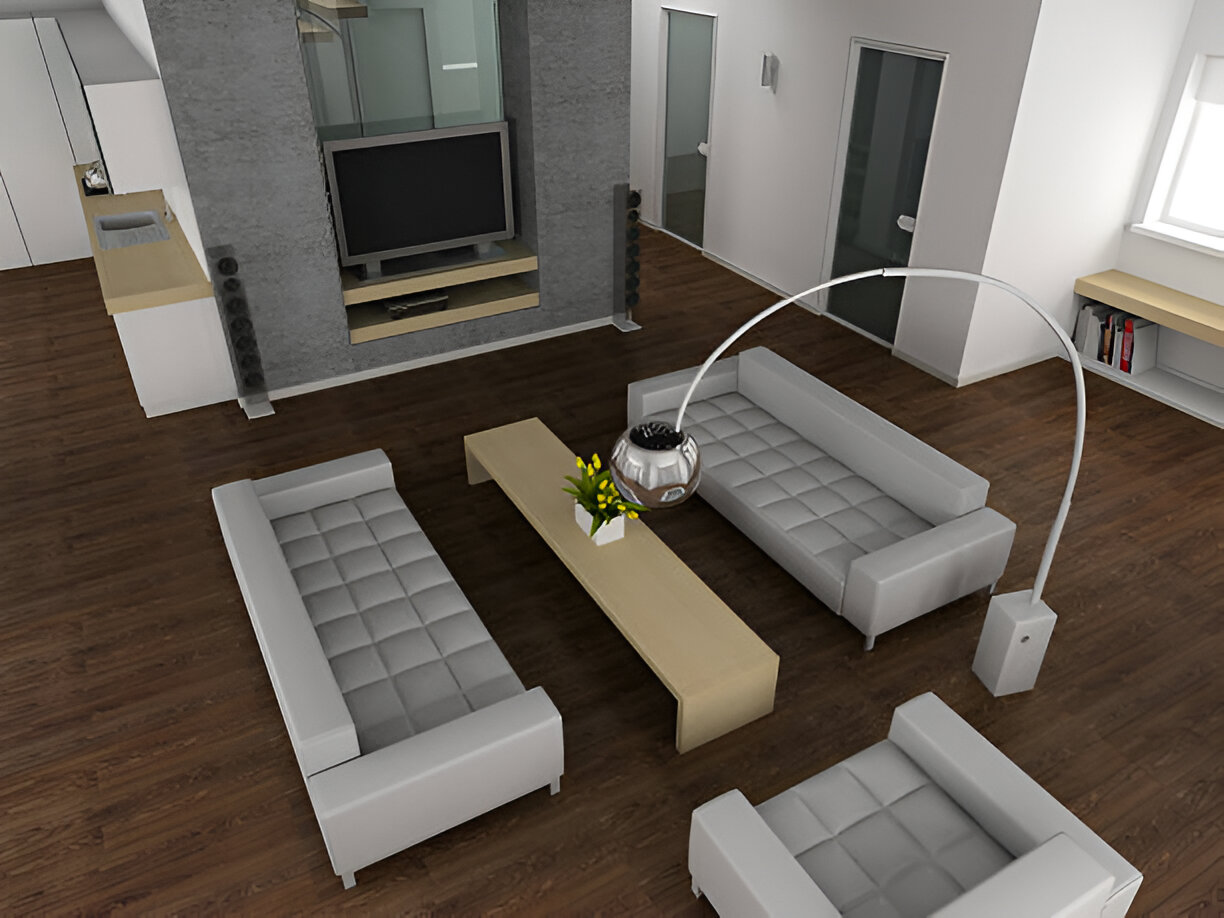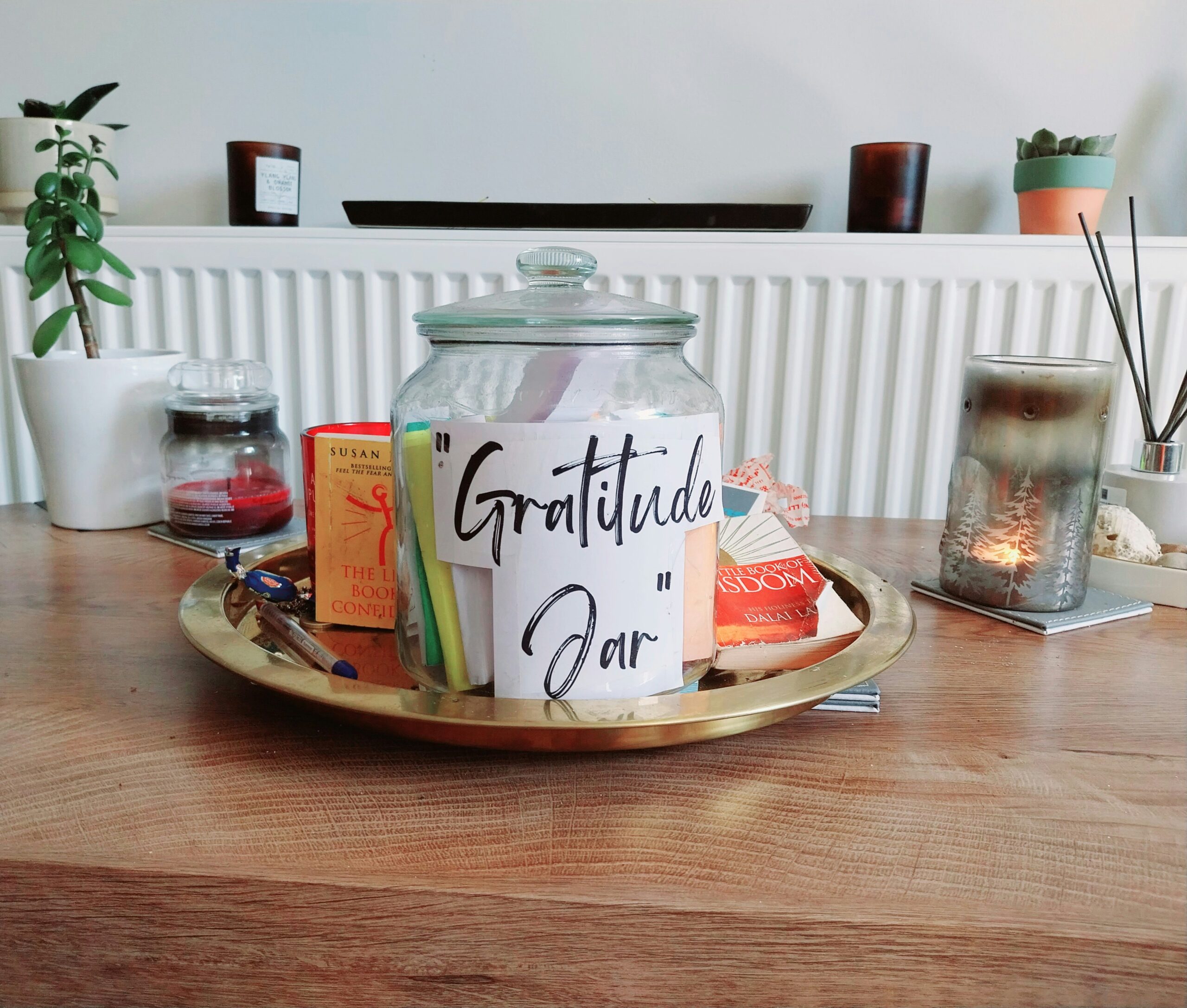
Finding balance is one of life’s great goals, but it can be as elusive as it is desirable. Change your approach and its true nature will emerge.
When you’re balanced, you can feel it. You get the sense that your life is moving along steadily. You take things in stride. You feel healthy and vibrant, challenged by your life, but relaxed enough to enjoy it; protected by the familiar, but excited by the possibilities ahead. So why does achieving it — and maintaining it — seem so difficult to do for so many of us?
Study balance a little closer, and you realize that what many of us perceive to be the ideal balance is in fact not balance at all. Unlike, say, a balanced scale, a balanced life is not symmetrical, still, or neutral. Like riding a bike, living a balanced life comes easier to you as you gain momentum. From that perspective, the myths and truths that follow can help you find a new understanding of balance — and, finally, a way to get there yourself.
Myth: You must be even-tempered.
Truth: Balance encompasses the full range of emotions.
You may think the balanced person takes everything in stride, never gets upset or irritable, rarely gets depressed or overwhelmed. But that’s simply not true. Balance is not about remaining placid and peaceful. In fact, by avoiding negative emotions such as anger, grief, or sadness, you are causing an unhealthy imbalance, says medical intuitive and neuropsychiatrist Mona Lisa Schulz, author of “The New Feminine Brain: How Women Can Develop Their Inner Strengths, Genius, and Intuition.”
So go ahead, get angry. Have a good cry. True balance is achieved by understanding the nature of our moods and feelings, not by suppressing them.
Myth: Balance is effortless.
Truth: Balance is efficient.
In physics, equilibrium is a state in which all external forces cancel each other out, with no one force exerting dominance over the other. That’s how balance can work, too; it’s not that you’re not exerting any effort, it’s that you’re providing just the right amount for each need.
When you’re balanced, your exertion is distributed so well — your big muscles doing the big work and your little muscles carrying a lighter load — it feels effortless even though it’s anything but. One way to tune in to your balance is to appreciate your physical balance, whether through running, walking, or doing yoga or any activity that calls for focus.
Myth: You must be in control.
Truth: Real balance means being in flux.
At the circus, all eyes are on the tightrope walker. Why? Because where there’s balance, there’s also tension and risk. The tightrope walker’s talent and skill resides not in her ability to defy gravity, but in making the hundreds of subtle, incremental readjustments to account for imbalance. In the same way, our ability to achieve balance is in learning to reestablish it when forces put it to the test.
This is why stability alone is not balance. The more we cling to things (circumstances, people, possessions) to hold us in balance, the less we rely on our internal strength and flexibility to adapt. And because balance is not a fixed point, but always moving forward, we need to move forward, too. This can mean embracing change and allowing ourselves to evolve.
Moving to a new city, letting go of an old relationship, or losing a job are potential triggers for imbalance, and any one of them has the potential to throw you off your axis, causing stress, exhaustion, or anxiety. Balance comes when we adapt to change, rather than try to resist it. But you can start small: Encourage and practice smaller-scale changes in your life so that you’re better prepared to handle the bigger ones.
Myth: A balanced person is good at everything.
Truth: Balance requires prioritizing.
You might also recognize this as “superwoman syndrome”: the idea that you should be able to fill all needs, including your own, all the time. But life is not a pie chart. And because the world is not balanced, we should not expect to be either. This is where the 80/20 rule comes in. This established business principle posits that, by and large, roughly 80 percent of results come from 20 percent or fewer of the causes.
Think about what is most important for you to accomplish, and why. How can you make the most of your talent and energy in order to reach your goals? What is the benefit of focusing on these few things? Does it give you more time with your family, open up more opportunities, provide additional income? Weigh in with yourself about each action you want to take and why; that way you will be less likely to spread yourself too thin and sabotage your best efforts.
Myth: Imbalance will result in disaster.
Truth: Imbalance is opportunity.
Maybe you sense that your balance is slipping. Put those moments in perspective. We have to occasionally lose our balance in order to regain it. The mistake we often make is accepting our imbalances as part of who we are — giving up instead of trying to recover balance.
You may not want to believe you’ve taken on too much, for instance, because you want to do it all and are hesitant to let anything go — whether it’s a job, obligation, or opportunity. Consider what kinds of imbalances have been affecting you, physically, mentally, emotionally, or spiritually; pay attention to when and how you experience it.
When one area of your life is imbalanced, it can affect the others. Rather than view your imbalance as a mistake to fix, see it for what it is: an opportunity to rediscover balance in a new way.
Five Ways to Change Your Brain
Testing yourself is one of the best ways to get a feel for balance — which is why a great way to experience balance in your life is to change the way you do some normal, everyday things. Of course, changing everything at once is sure to throw you off, but try one thing at a time.
1. Redecorate a room in your home — move things around so you interact with the space in a slightly different way.
2. If you’re left-brained, or rigidly organized, experiment with allowing for some comfortable disarray
3. If you’re right-brained, try adopting some organizational systems for your home or office that will help you access information you need that you can never find.
4. Ask yourself what a friend would choose the next time you go shopping or redecorate.
5. Stop spending time on things you don’t need to do. A balanced life is really imbalanced. Spend more time doing what you love.
Text by Terri Trespicio

























